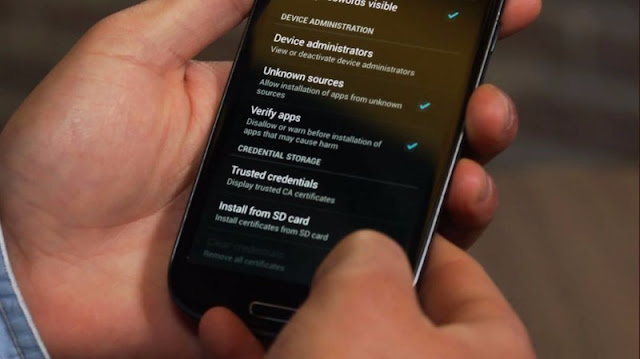Mobile devices may not suffer as much as the PCs do when it comes to malware. However, the number of smartphones in use continues to increase. The amount of personal information in these devices also grows, which means that it presents cyber-criminals a potential area to exploit. Malware will not only interfere with user experience but also bring about issues regarding fraud and identity theft.
Julia Vashneva, the Semalt Senior Customer Success Manager, reminds that the user needs to treat mobile device security with the same vigilance as they would with their PCs if they are to keep them out of malware threat. Also, there are other ways to which the user can prevent infection by malware, Trojans, and viruses.
Trusted Sources
When users start opting for third party applications for their devices, they put their mobile devices at risk. The reason is that companies such as Google and Apple have strict security infrastructure for their online stores. Third party merchants offer cheaper applications and software which are otherwise unavailable in the official stores. What people do not know is that they could also contain viruses and other malicious content which is why the prices are low to attract them to download it. Users need to understand that they should stick to download software from trusted sources. Also, the websites visited can also be a source of malware, viruses, and Trojans. Therefore, stick to trustworthy web addresses.
Permissions
Mobile operating systems put in place enough security protocols to make sure that the device remains secure. Any suspicious content trying to gain access to the devices features requires permission from the user to do its dirty work. Users need to pay attention to applications and software that request for permission to access certain data. Always consider whether they need the information to be useful in carrying out their duties. The app attempts to access too much data, deny it access and search for a less-invasive software.
Security Software
People find it almost unthinkable to use a laptop or a PC that has no protection. However, when it comes to mobile devices, they get a little lax to securing their device with protective software. Many people opt to store their personal information in their smartphones. What they do not know is that 96% of them do not come preinstalled with security software. Even so, there are myriads of downloadable software found on the mobile devices stores, which are free of charge that can help alleviate the problem.
Regularly Check Mobile Applications
Before one can download or add any new applications or software, always check on the current ones installed, and whether they are up to date. By doing so, it makes sure that attackers do not take advantage of the vulnerabilities in the older versions of the device applications. Developers release updates that come together with patches to bugs and errors from the previous versions. When doing so, check on how the applications run. If there is an app that keeps running and an increase in data usage, there is a high possibility that cyber criminals have already infected the device.
Check App Reviews
Application reviews contain issues that other users may after using one. The reviews should guide the mobile device user in choosing which software to download.







